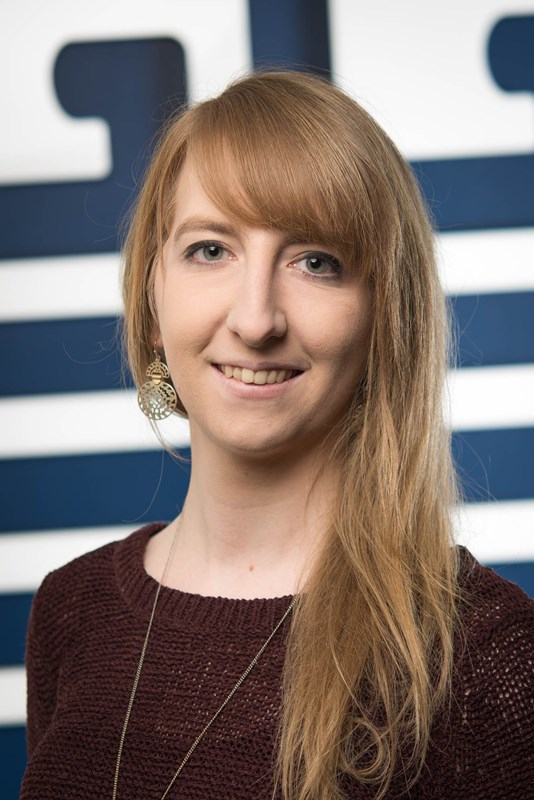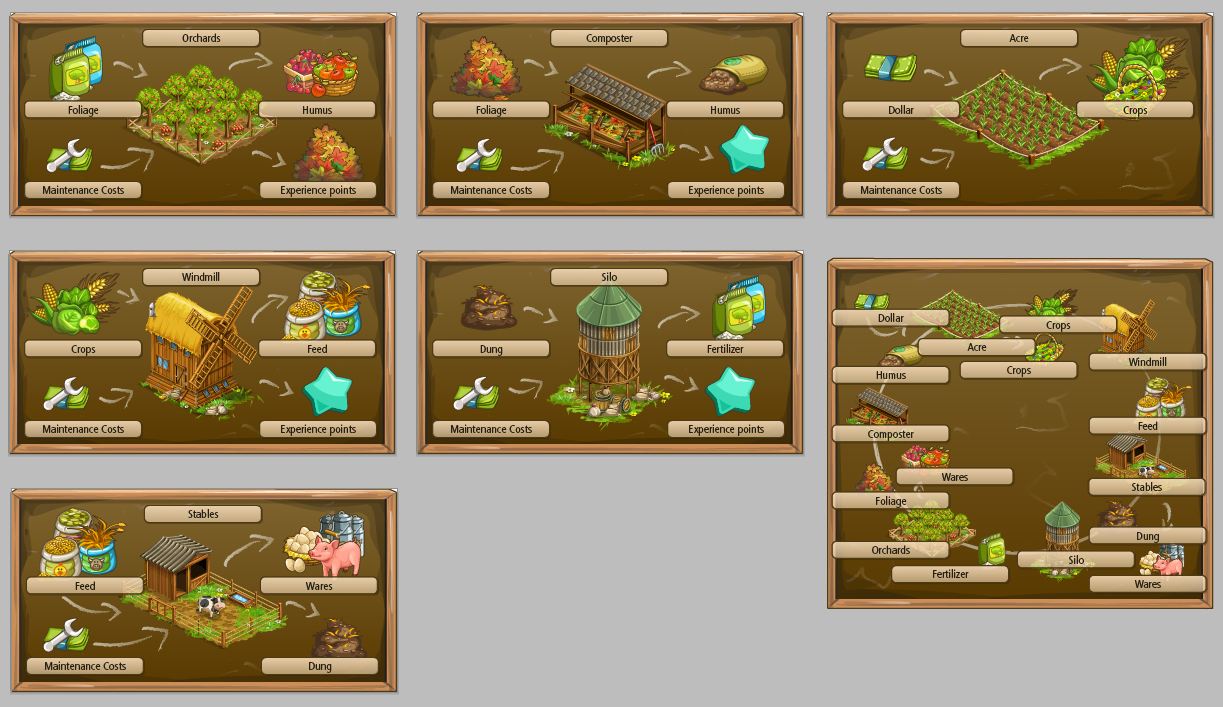
The Game Makers – How game designers can turn one idea into an entire world
Game development requires more than just an idea and a programmer – it starts with clever game designers! But what does a game designer actually do? In today’s blog post, we’d like to share with you just how much goes into the process behind taking a game concept and turning it into the final product.
First comes the idea – and this doesn’t have to come from the game designers themselves. It’s often the product managers, or even management, who get a new game rolling. The initial idea sets the framework for the game and lets the game designer start on the actual work: transforming the idea into a detailed, well thought out game concept. This means that the game designer creates the draft which is used to program the game later on.
Like a chef, the game designer then gets down to work and puts together the ingredients needed to create a successful game. Many difficult decisions need to be made so that every part of the game works, is fun, and can actually be implemented – creativity alone is not enough. This can’t be done without analytical thinking and technical know-how; not to mention a thorough understanding of different cultures and mindsets. This helps us understand what is fun for players from all around the world.
The game designer has final say on how the game should be played: how will the game world look? What characters, buildings, and items will the player find there, what should the player be able to do with them? How can players interact, fight, or trade with each other? Piece by piece, the plan for the final product comes together. Every step is recorded and used to create the basis for the game’s development.
“Game design is like cooking – anyone can throw together ingredients in a pot. But you need a successful recipe if you want it to taste good in the end!”
Vanessa, Game Designer at Goodgame Studios
This “recipe” is then passed into the hands of our colleagues: the graphic artists, 3D artists, programmers, sound designers, game balancers, copywriters, and many others. A project such as the development of Empire: Four Kingdoms, one of our most successful games, keeps up to 40 people busy! Coordination and teamwork are essential to make everything fit together after implementation and revisions.
The game designer’s work isn’t over after the game is launched, though, because we never stop developing and improving our games. Games like Empire and Big Farm stand their ground over the years since their players can look forward to regular new content and events. Of course the game designers always have to make sure that the actual game concept stays intact and that no player is left at a disadvantage – and that’s a big challenge! But that just makes it all the better at the end when they make a game that is to everyone’s “taste”.




